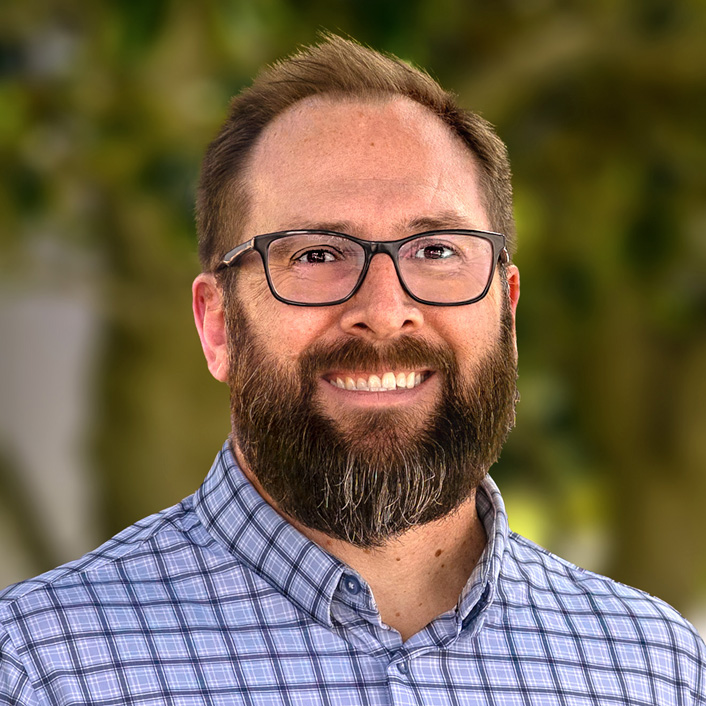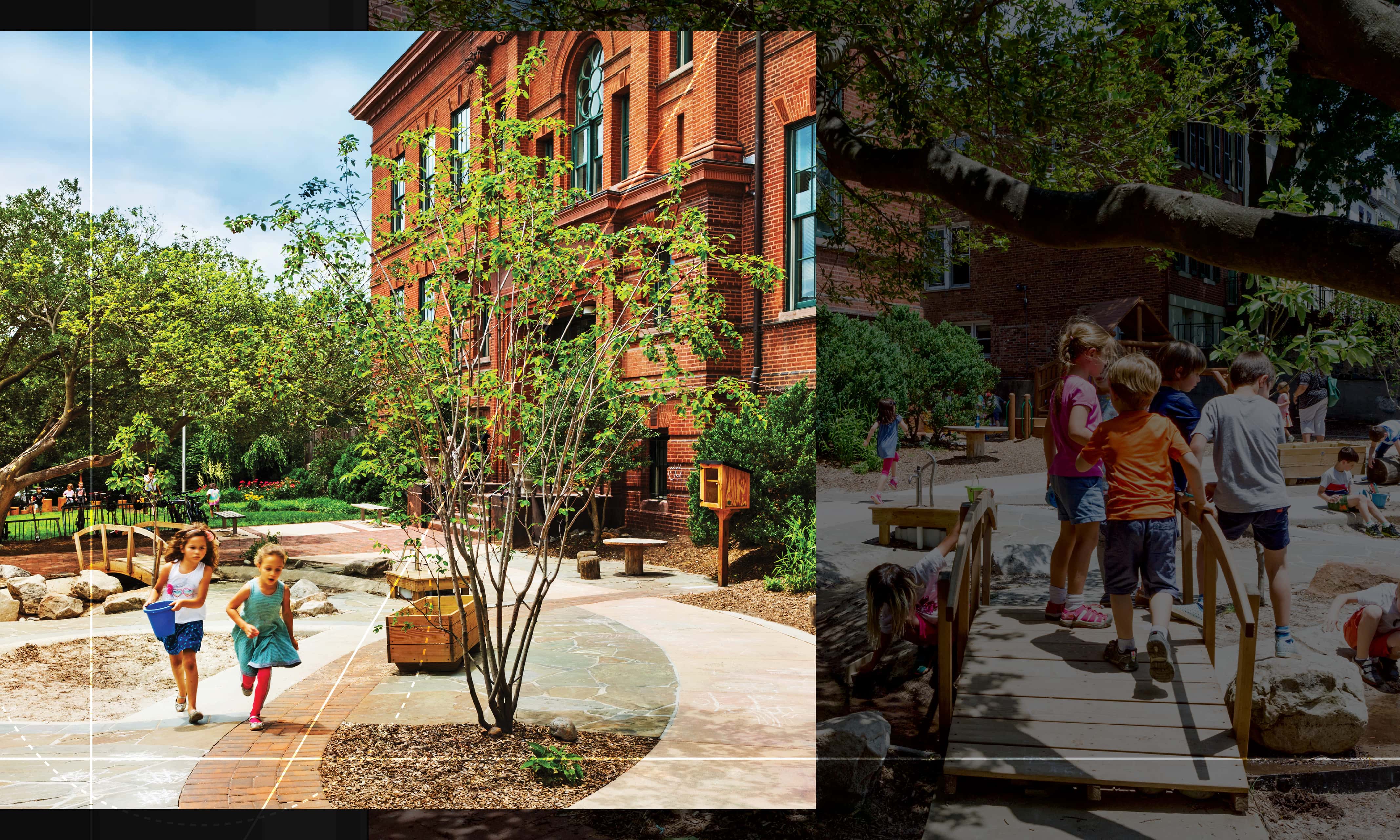How do we provide value to apartment dwelling residents? It is a simple question but establishing the value we can bring to a rental community starts before the design process even begins. Projects that are economical, sustainable, and adaptable do not have to come at the expense of constrained budgets or complex scheduling. Developers are beginning to understand that true value emerges when there is a balance between design, maintenance, and management, and how they intersect to make a place matter for years to come.
Based on my experience in the Greater Texas region and beyond, I have noticed a shift in the multi-family climate. Today, the desires and needs of apartment dwellers is rapidly evolving and we are bridging their desires with our client’s goal. The result is a place that not only feels like home but offers a long-lasting experience.
One of the problems that developers are facing when approaching a site design is how to maximize their budgets without sacrificing quality. When people think of the word “economical,” their minds instantly think cheap or lackluster, but this perception negates any room for alternative forms of resource management and usage that can contribute to giving value to residents by keeping money in their pockets but still delivering a high-quality design. LandDesign partner, Stephanie Pankiewicz, PLA says, “people are finding that the urban setting is the most desirable because of the services, culture, open space, and access to jobs. Our design is about giving them the freedom of choice. We want to allow people to have the flexibility to determine what is affordable to them and what they desire for their quality of life.”
People are finding that the urban setting is the most desirable because of the services, culture, open space, and access to jobs. Our design is about giving them the freedom of choice.
- Stephanie Pankiewicz
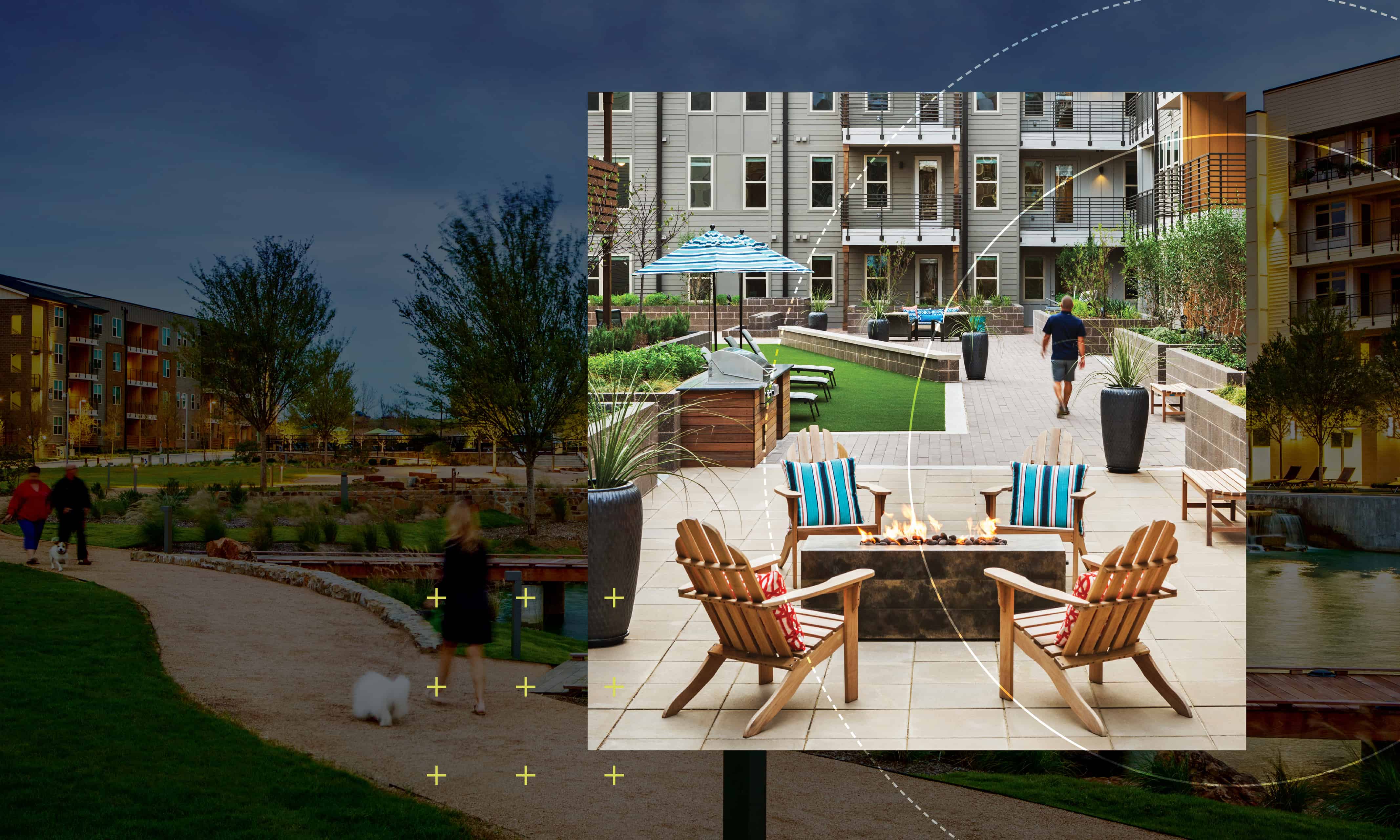
The phrase “time is money” is an adage that is relevant to not only business but also the design process. By saving time in the development process, we can make projects more affordable for renters while still delivering sufficient profit margins to stakeholders. Before any demolition or grading, we are in the background already laying the groundwork for our design team to flourish. What makes LandDesign’s approach efficient is our ability to understand how to quickly maneuver systems, like zoning and permitting to get right to the core of the development cycle.
Ahead of time, we are already thinking about the zoning or building permits and how we can effectively reduce that time frame because even this step of the process impacts how much renters will spend. The quicker we get to work the more efficient our project schedule will be, and the less developers will have to spend on capital. The benefits impact all parties involved, making it essential to development and making a project more valuable.
Adaptable infrastructure goes beyond just what residents will directly interact with on a day-to-day basis. LandDesign principal, Shaun Tooley, PLA has spent his career trying to understand what value we as a company can continue to provide for residents through our developments. He says, “people are focusing on the story, the attention to the product offering. People are thinking of their courtyards and outdoor areas as intimate spaces that change based on their needs at any given time. Whether that be a place to paint, relax, or even just do yoga. Everything is value driven and people want to know how it manifests in a place and connects to them on a personal level. We can leverage residential complexes to support the greater community making it feel like an integral piece of the neighborhood.

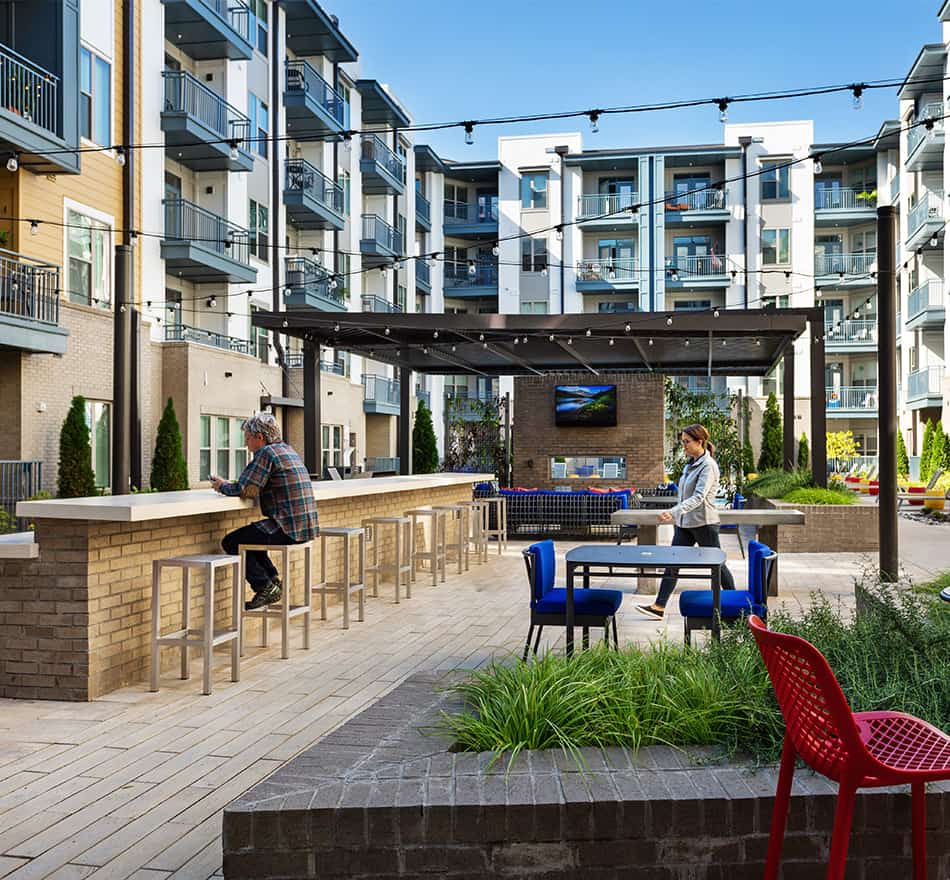
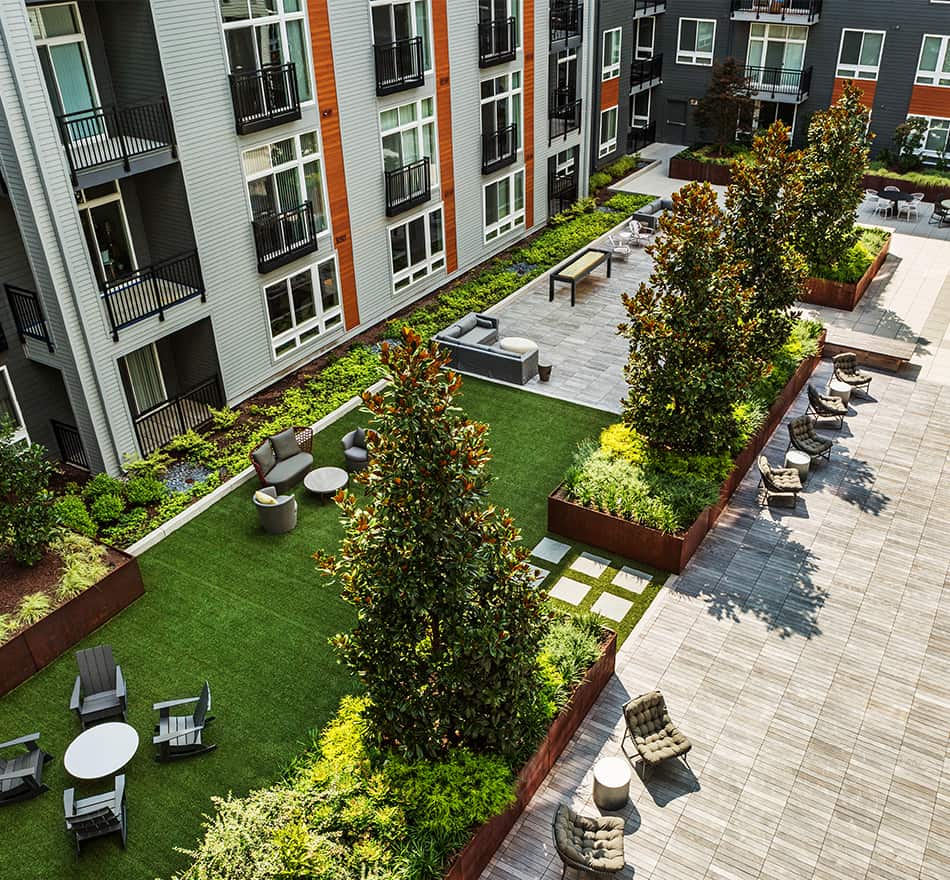
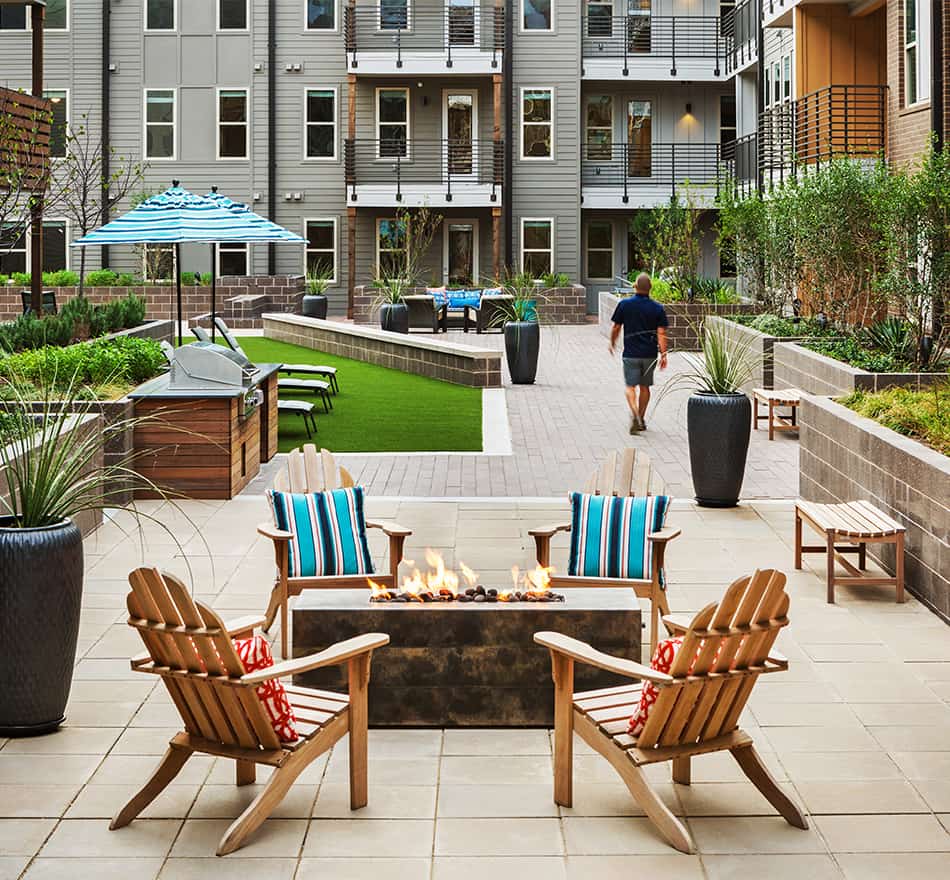
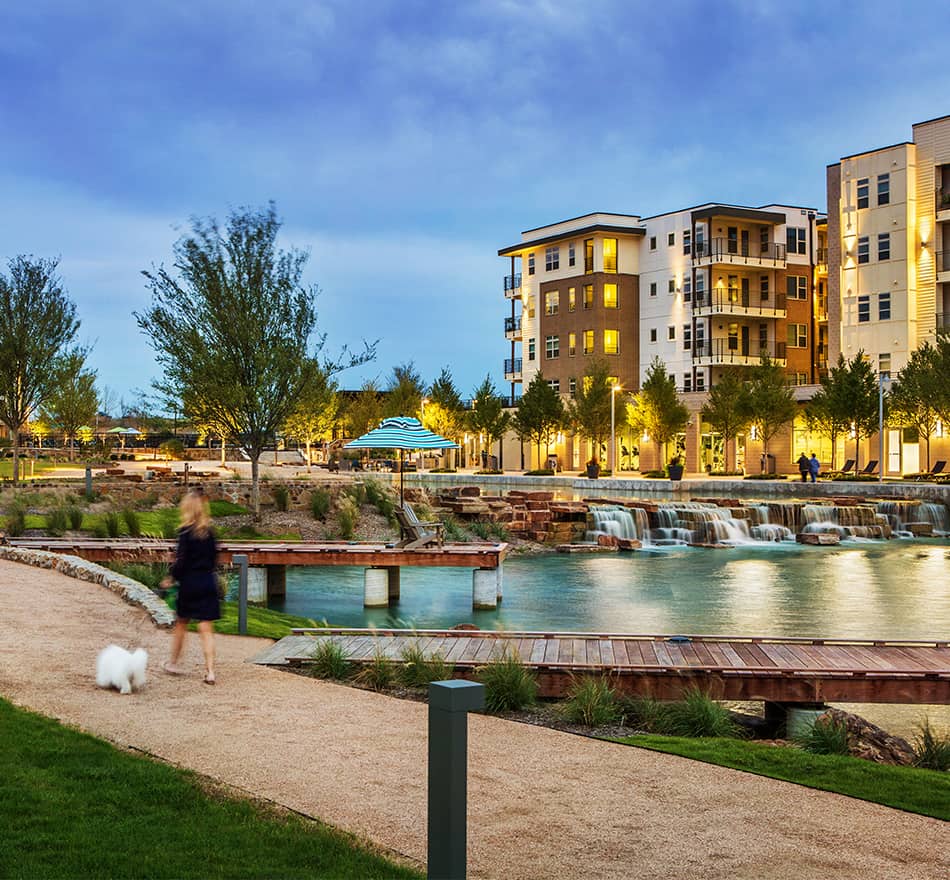
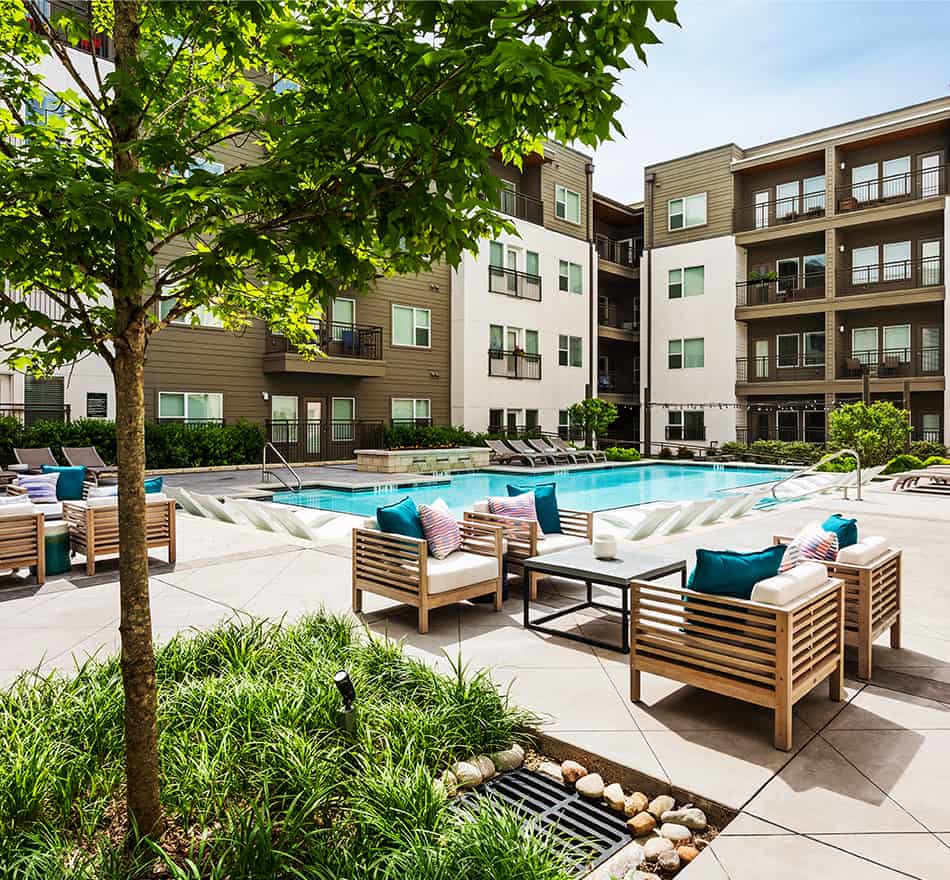
Our designers are tailoring multi-family rooftops to be more responsive to sustainability, and one representation of this are miniature rooftop bee farms which will allow management to harvest honey and gift it to potential residents, even selling to local businesses. This proves that even in a section of the development that may see occasional usage is being utilized for a function and purpose. This community farming idea is not just inclusive to one project, at another location, we have introduced a micro-brewery into a multi-family development to position the complex as a centerpiece for the community that supports its functionality instead of just existing.
Beyond creating value in every nook and cranny, our ultimate goal is to create destinations out of every multi-family community. Texas’ sprawling neighborhoods give way to the question of: how do we maximize this space? We are not only creating places that look beautiful, but we need them to function with a sense of interconnectedness that makes people choose to call a place home. Not everyone can spend time constantly driving to the more urban centers of Texas to enjoy their weeks. The places where they stay need to reflect the same convenience of the city centers, giving them access to the same amenities and activities so each neighborhood becomes its own destination hub.
We will continue to support the creation choice residential communities by understanding the place and the story that goes along with these projects. We care about these places and we recognize that these are not cookie cutter designs. That our design needs to speak to the vernacular of the area. The future of multi-family design is attainable and adaptable, and that is how we are helping communities– by understanding that not “one size fits all.” We are designing places that we also would want to live while finding the happy medium with the greater population’s desires for housing. As a collective, we are expanding on what value means for the communities we work in and how development impacts the people at the core of the design.
